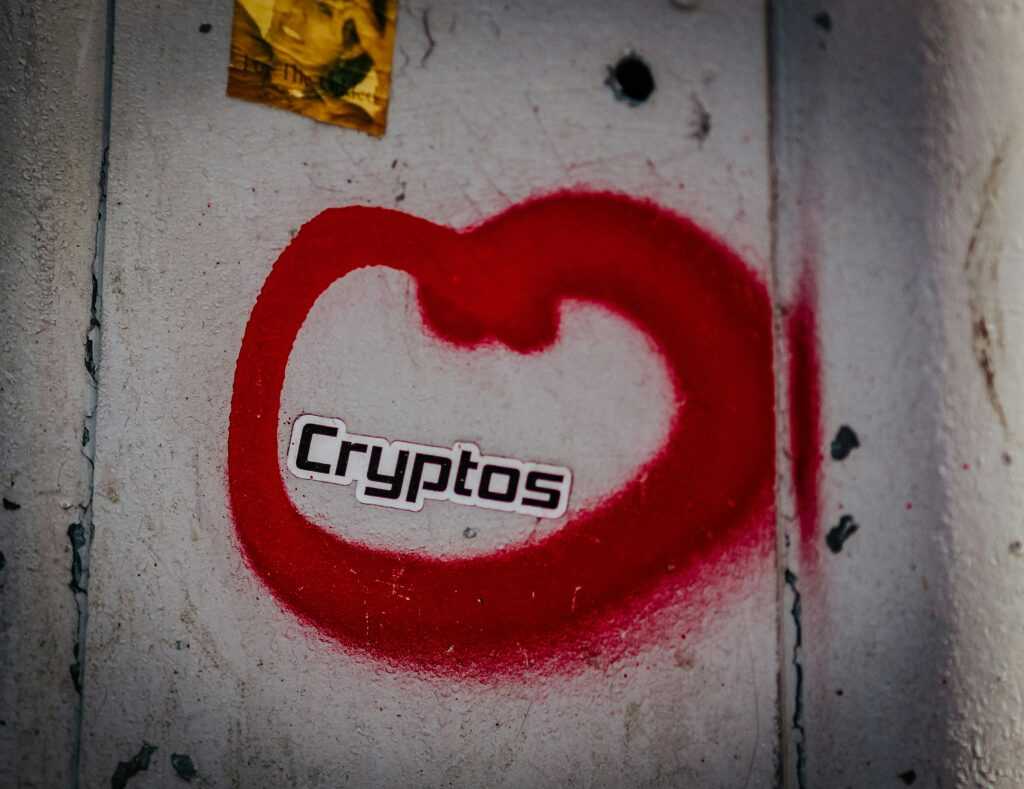Overview of Ethereum 2.0
Ethereum 2.0, also known as Eth2 or Serenity, is an upgraded version of the Ethereum blockchain. It’s designed to enhance the network’s scalability, security, and sustainability.
What is Ethereum 2.0?
Ethereum 2.0 introduces a series of updates to the existing blockchain. The most notable change is the shift from a Proof-of-Work (PoW) to a Proof-of-Stake (PoS) consensus mechanism.
Unlike PoW, PoS relies on validators who stake their ETH to secure the network and validate transactions. This reduces energy consumption and increases efficiency.
Eth2 also implements shard chains to split the load, making the network more scalable and capable of processing more transactions simultaneously.
Key Improvements Over Ethereum 1.0
- Scalability: Eth2 can handle thousands of transactions per second by introducing shard chains. Multiple shard chains operate simultaneously, distributing the network’s load and increasing throughput.
- Security: PoS enhances security by making attacks costly. Validators risk losing their staked ETH if they act maliciously. Additionally, the introduction of beacon chains coordinates validators and shards, ensuring the network’s integrity.
- Energy Efficiency: Switching to PoS eliminates the intensive computational work required in PoW. This drastically reduces energy consumption, making Ethereum more sustainable.
- Network Performance: Eth2 aims to reduce network congestion. Faster transaction speeds and lower fees benefit both developers and users.
The transition to Ethereum 2.0 sets the stage for a robust and future-proof platform for smart contracts and decentralized applications.
The Technology Behind Ethereum 2.0

Ethereum 2.0 introduces significant technological advancements to the blockchain ecosystem. These improvements aim to enhance various aspects of the network.
Proof of Stake (PoS)
The PoS mechanism replaces Ethereum’s previous Proof-of-Work (PoW) consensus. In PoS, validators are chosen based on the number of tokens they hold and are willing to “stake” as collateral. This reduces energy consumption by eliminating the computational effort required in PoW.
For example, using PoS instead of PoW decreases Ethereum’s energy usage by over 99%, according to the Ethereum Foundation. Validators face penalties for malicious activities, ensuring heightened security compared to PoW.
Shard Chains
Shard chains increase Ethereum 2.0’s capacity to handle transactions. Instead of processing every transaction on a single chain, Ethereum 2.0 divides the workload across multiple chains operating in parallel, known as shards.
This enables the network to process thousands of transactions per second, compared to Ethereum 1.0’s limit of roughly 15 transactions per second. For instance, if 64 shard chains are deployed, each can handle a portion of the transactional load, enhancing overall network performance and scalability.
Beacon Chain
The Beacon Chain acts as the central coordinator of the Ethereum 2.0 network. It manages the consensus and communication among multiple shard chains.
The Beacon Chain ensures synchronization among shards and assigns validators for each block. Introduced in December 2020, the Beacon Chain’s primary function is to initiate the PoS protocol, laying the foundation for shard chain implementation.
Its role ensures that Ethereum 2.0 operates efficiently and securely, facilitating seamless transactions and data integrity across the network.
Impact on Smart Contracts
Ethereum 2.0 brings significant changes to smart contracts. Its upgrades enhance scalability, security, and cost-effectiveness, making it a robust framework for decentralized applications.
Enhanced Scalability
Ethereum 2.0 improves scalability through shard chains. Shard chains enable parallel processing by splitting the blockchain into multiple chains, which can handle transactions simultaneously.
This shift allows Eth2 to process thousands of transactions per second compared to Ethereum 1.0’s 30 transactions per second.
Sharding alleviates congestion and ensures smoother operation for smart contracts, making it ideal for applications requiring high transaction volumes, like gaming and supply chain management.
Improved Security
Ethereum 2.0’s transition to Proof-of-Stake (PoS) boosts security for smart contracts. Validators replace miners, staking their Ether to secure the network. This makes attacks financially prohibitive since validators lose their stake for malicious activities.
The Beacon Chain coordinates shard chains, allowing for efficient and secure communication across the network. These advancements reduce the risk of double-spending and other fraudulent activities, providing a safer environment for executing smart contracts.
Lower Transaction Fees
Ethereum 2.0 reduces transaction fees, crucial for widespread smart contract adoption. Gas fees on Ethereum 1.0 fluctuate with network congestion, often becoming prohibitively expensive.
Eth2’s scalability improvements balance demand, leading to more predictable and affordable fees. Developers and users can thus deploy and interact with smart contracts without facing excessive costs, fostering innovation and accessibility in decentralized finance (DeFi) and other sectors.
Real-World Use Cases
Ethereum 2.0’s advancements facilitate practical applications in various sectors. Enhanced scalability and security make Ethereum 2.0 an ideal platform for real-world use cases.
DeFi Applications
Decentralized finance (DeFi) thrives on Ethereum 2.0. Lower transaction fees and faster processing attract users to DeFi platforms. More than 3,000 DeFi projects (e.g., Uniswap, Aave) now utilize Ethereum’s smart contracts. High network efficiency enables lending, trading, and staking with reduced costs and risks. Ethereum 2.0’s Proof-of-Stake (PoS) mechanism secures these financial transactions.
NFT Marketplaces
NFT marketplaces benefit from Ethereum 2.0’s improved scalability. Popular platforms like OpenSea and Rarible rely on Ethereum’s infrastructure.
Lower fees and higher processing speeds attract artists and collectors, facilitating efficient digital asset transactions. Ethereum 2.0’s robust validation mechanism ensures the integrity of these unique digital assets.
Enhanced security reduces the risk of fraudulent activities, fostering a trusted environment.
Enterprise Solutions
Ethereum 2.0 enhances enterprise blockchain solutions. Companies like IBM and Microsoft leverage Ethereum for secure, scalable applications.
Enterprises benefit from lower operational costs due to reduced transaction fees and improved network performance. Enhanced security protocols support sensitive applications, including:
- supply chain management
- asset tracking
- data interoperability
Ethereum 2.0’s modular architecture allows for customized enterprise solutions, promoting innovation and efficiency in various industries.
Challenges and Criticisms
Despite the promise of Ethereum 2.0, several challenges and criticisms arise in its deployment.
Transitioning to Ethereum 2.0
Transitioning to Ethereum 2.0 requires a complex and multi-phase process. The upgrade involves moving from Proof-of-Work (PoW) to Proof-of-Stake (PoS), and this shift introduces potential disruptions. Validators must replace miners, and existing infrastructure needs substantial adjustments.
Developing shard chains, which enhance scalability, demands significant time and coordination. The community must also adapt to new staking mechanisms and token economics.
Regulatory Concerns
Ethereum 2.0 faces regulatory scrutiny that could impact its adoption. Regulators worldwide are examining cryptocurrencies, often focusing on compliance with financial laws and anti-money laundering (AML) standards.
Since Ethereum plays a pivotal role in DeFi, ensuring platforms built on Eth2 adhere to evolving regulations is critical. Regulatory clarity varies by region, adding complexity for developers and users.
Potential Drawbacks
While Ethereum 2.0 boasts improvements, it also presents potential drawbacks. Security risks remain, especially during the transition phase. Although PoS enhances security theoretically, attacks remain conceivable if validators collude.
Network downtime, caused by technical glitches or cyberattacks, could disrupt services. Moreover, PoS might centralize power if wealthier participants dominate staking, potentially undermining decentralization efforts.

 Is the innovative founder of The Digi Chain Exchange, a comprehensive platform dedicated to educating and empowering individuals in the world of digital finance. With a strong academic background in Finance and Computer Science from the University of Michigan, Scotterrin began her career in traditional finance before shifting her focus to blockchain technology and cryptocurrencies. An early adopter of Bitcoin and Ethereum, Adaha’s deep understanding of the transformative potential of blockchain led her to create The Digi Chain Exchange, which has since become a trusted resource for crypto news, market trends, and investment strategies.
Is the innovative founder of The Digi Chain Exchange, a comprehensive platform dedicated to educating and empowering individuals in the world of digital finance. With a strong academic background in Finance and Computer Science from the University of Michigan, Scotterrin began her career in traditional finance before shifting her focus to blockchain technology and cryptocurrencies. An early adopter of Bitcoin and Ethereum, Adaha’s deep understanding of the transformative potential of blockchain led her to create The Digi Chain Exchange, which has since become a trusted resource for crypto news, market trends, and investment strategies.

